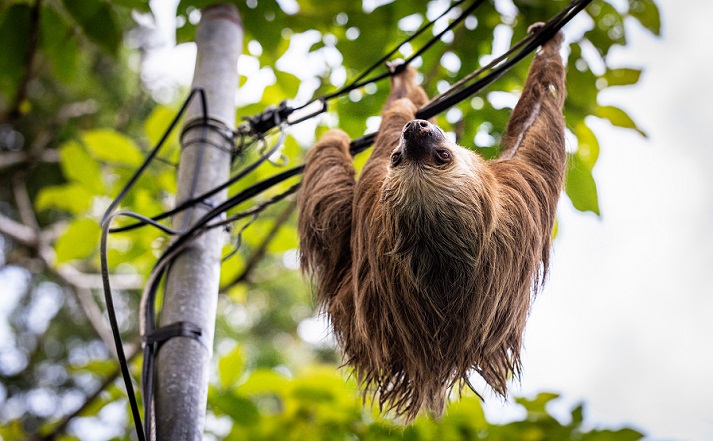Contributor: Elephango Editors. Lesson ID: 11705
Too many topic ideas? Learn how to narrow down your big ideas into a research topic that’s actually fun—and totally doable!

Tame the Topic Monster
You've been told you can write about anything for your research paper. Freedom! Independence! Endless choices! And... total panic?
Choosing a topic might sound easy—until you're staring at a blank page with no idea where to begin.
Some students pick something massive like "global warming," only to discover it's way too big. Others get so specific—like "how Martians cope with stress"—that they can't find anything to research.
Here's the truth: Picking the right topic is one of the most important decisions you'll make when writing a research paper. Get it right, and the rest of the process flows more smoothly. Get it wrong, and you'll lose time in too much (or too little) information.
Walk through it in this lesson.
Narrow It Down Without Numbing Out
The best research topics don’t just fall into your lap—they take a little digging, thinking, and shaping. But once you know the steps, it gets a whole lot easier (and even fun).
Start with these three rules for a solid research topic.
It genuinely interests you. If you're going to spend time researching and writing about something, it should be something you actually care about.
It’s creative and original. Try not to choose something that’s been done to death. “The causes of the Civil War” is fine, but “How women secretly shaped Civil War strategies” is fresher and more focused.
It fits the size of your assignment. If you only have five pages to work with, “climate change” is way too big. “The effects of plastic pollution on sea turtles in Florida” is much more manageable.

Try adding context to your general topic idea to narrow it down. Ask yourself these questions.
Who is involved?
Where is it happening?
When did it take place?
What specific issue are you focusing on?
Why does it matter?
Let’s say you’re interested in deforestation. That’s too broad. But with some added context, you could write about this.
“The impact of deforestation on Mountain Gorillas in Southwest Uganda over the last 20 years.”
Now that’s specific—and still totally researchable.
You also want to avoid picking a topic that’s too narrow. “The effects of blue light on two-toed sloths living near Wi-Fi towers” is probably too specific to find reliable sources.

A good rule? You should be able to find at least a handful of solid, credible sources in each of the main resource types: print, non-print, and electronic.
Try one of these strategies to help spark inspiration as you explore topic ideas.
Mind Mapping: Start with a general topic in the center of a page and branch out with related ideas until something interesting takes shape.
Question Asking: Start with a broad topic and ask questions like “who,” “how,” or “what if” until your idea becomes more focused.
Freewriting: Set a timer and write nonstop about your topic for 5 minutes. Don’t worry about grammar—just see what comes out.
Compare and Contrast: Can you examine how two events, groups, or time periods differ on your topic?
Cause and Effect: What caused a certain problem? What are the results? Can you write about just one angle?
Great research topics often answer one or more of these narrowing questions.
Can I focus on one specific aspect of the topic?
Can I limit it to a certain time period?
Can I study a single group, place, or event?
Can I turn the idea into a specific question I can answer?
Once you have a topic idea that passes all those checks—interesting, original, focused, and researchable—you’re ready to move on.
In the Got It? section, you’ll practice evaluating and refining topics of your own. You’ll also try narrowing some big, messy topics into something more manageable—and more meaningful.
Let’s get to work!